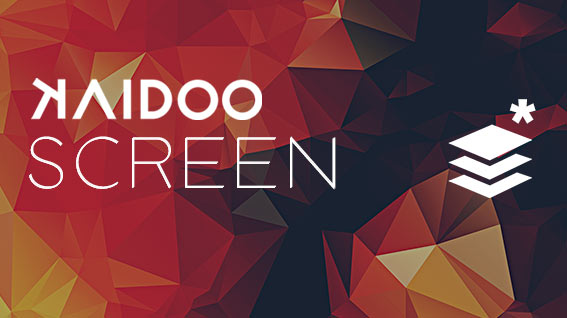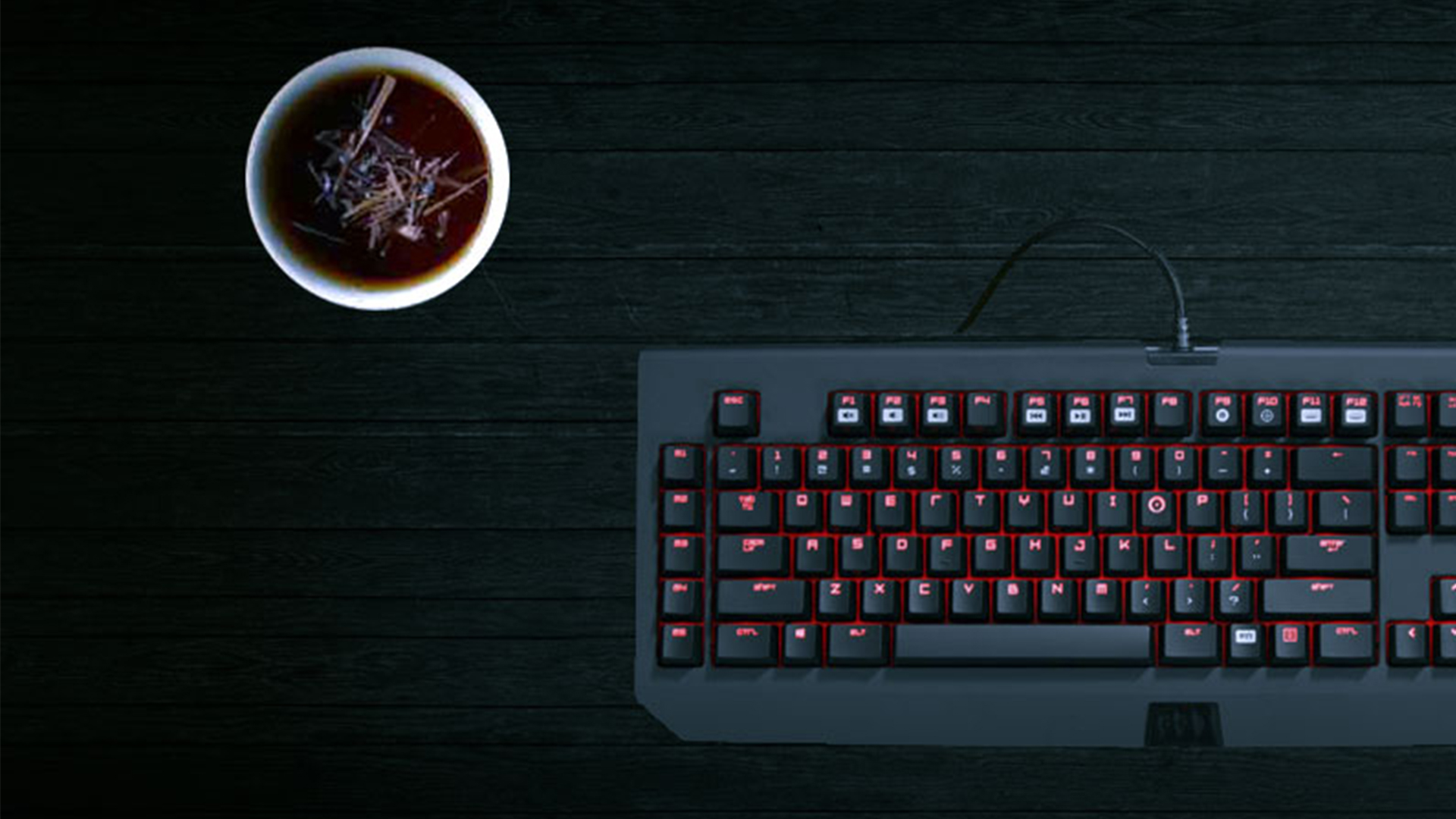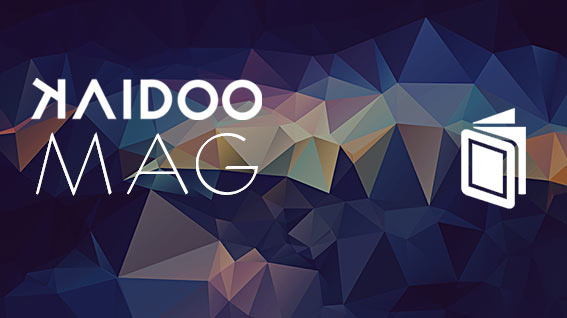
Customized Content and Design Management System
- Length919 words
- Reading Time3 min 4 sec
- Create
Engineer
Advise30%
90%
30%
- Introduction
- Made to measure - from the basis to the final product
- The Top 3 dealbreakers related to a CMS
- The kaidoo:CMS features at a glance:

Made to measure - from the basis to the final product
Individualized against prefabricated solutions
With experience, recognition and strong dedication, have turned years of work into products that presents a user-oriented alternative to the existing prefab solutions. As an individual home to digital content, kaidoo:CMS is faced with those prefabricated houses that offer full service for little money.
Integrated against sudden extra costs
At the point of purchase, these standardized solutions might appear to be at a favorable price, yet in the long run this usage can cost a company a large sum. Special requests are not feasible in association with high costs and efforts, or even not feasible at all – having to go without them in turn eliminates every unique selling point. So by not having a website that looks like everyone else’s in the town complex 2.0, kaidoo:CMS begins at the basis and provides flexibility on all levels.
Target-oriented against unnecessary complexity
Therefore, not only the user’s impression of looking at the website is important rather its performance, usability, and security for publishers, editors, and the IT department are also vital. Standardized solutions rapidly limit the fullest potential within these areas and reveal major deficiencies within three concrete sections.
The Top 3 dealbreakers related to a CMS
or: why web projects have to start from scratch over and over again, more often than needed.
- Exponential costs for adaption
- Design-normative template engines
- Minor willingness for integration
- fully customizable designs
- semantic content structures
- multi channel publishing
- SEO optimized and human-readable URLs
- automatic generation of Google sitemaps
- automatic content structuring (canonical tag)
- automatic redirects (prevention of duplicate content)
- acceleration of renderings via dynamic host name distribution
- automatic redirects for “dead” links
- responsive layouts for desktop and mobile devices
- responsive resolution-based image loading
- hardware-accelerated animations for fluent presentations
- individual display for desktops and printers
- custom font renderer
- lightweight 3D
- rich content templates (parallax scrollers, vertical galleries, magazine grids, multilayer galleries a.o.)
- content representation components (CRC) for extended, client-side rendering logic of specialized types of content (catalogue, gallery, smart tables, search masks etc.)
- datadriven interface renderer (specific visualization from database values)
- touch- and gesture-optimized interfaces for app usage
- L10N L10N (full multilingualism and unicode support)
- fully customizable designs
- entity based processing
- specialized editing interfaces for specific types of data
- rule-based processing of content (implicit and explicit)
- hierarchy-based processing
- multiple content areas per page for detailed design control
- semantic content structures
- multi channel publishing
- automatically generated and adaptable URLs
- SEO optimized and human-readable URLs
- individually adaptable URL structure
- automatic generation of Google sitemaps
- automatic content structuring (canonical tag)
- automatic redirects (prevention of duplicate content)/li>
- integration of analyzing systems (Google Analytics, Piwik etc.)
- page level meta descriptions and keywords
- alt-tag and link title access
- automatic logging and redirects for “dead” links
- acceleration of renderings via dynamic host name distribution
- minimization of http-requests by automatically summarizing content
- improved performance via browser cache control
- transparent data compression at delivery
- responsive layouts for desktop and mobile devices
- responsive resolution-based image loading
- hardware-accelerated animation
- individual creation of image galleries
- automatic image scaling and thumbnailing
- individual display for desktops and printers
- rich content templates (parallax scrollers, vertical galleries, magazine grids, multilayer galleries a.o.)
- content representation components (CRC)
- no installation required
- integrated help
- on-site-training and ongoing customer support (soft implementation and learning on the live object)
- previewing from the back end
- integrated data manager with multi uploader
- digital asset management (DAM: storage, organisation and meta data-based search of graphic and multimedia data directly in the CMS)
- WYSIWYG editor with individual functions
- intuitive administration (drag & drop features)
- L10N (full multilingualism and unicode support)
- integration of multilingual text blocks from databases
- individual modules (e.g. grids)
- individual interfaces (e.g. feeds)
- individual content administration (e.g. specialized tables)
- remote access (access to the system via secure web interface)
- multiple levels of approval and role-based management
- authorized access control (user access to authorized content that has been shared via privileges and roles from system administrators)
- dynamic template engine
- fully customizable designs
- hierarchy-based processing
- entity-based processing
- specialized editing interfaces for specific types of data
- full decoupling of content and design
- semantic content structures
- multi channel publishing
- automatically generated and adaptable URLs
- SEO optimized and human-readable URLs
- individually adaptable URL structure
- automatic generation of Google sitemaps
- automatic content structuring (canonical tag)
- automatic redirects (prevention of duplicate content)
- integration of analyzing systems (Google Analytics, Piwik etc.)
- page level meta descriptions and keywords
- alt-tag and link title access
- automatic logging and redirects for “dead” links
- distributed caching (memcached)
- load balancing via content delivery over CDN (content delivery network)
- acceleration of renderings via dynamic host name distribution
- minimization of http-requests by automatically summarizing content
- improved performance via browser cache control
- transparent data compression at delivery
- responsive layouts for desktop and mobile devices
- responsive resolution-based image loading
- hardware-accelerated animations
- individual display for desktops and printers
- custom font renderer
- lightweight 3D
- rich content templates (parallax scrollers, vertical galleries, magazine grids, multilayer galleries a.o.)
- no installation required
- previewing from the back end
- integrated data manager with multi uploader
- digital asset management (DAM: storage, organisation and meta data-based search of graphic and multimedia data directly in the CMS)
- WYSIWYG editor with individual functions
- multilingualism
- integration of fallback languages
- integration of multilingual text blocks from databases
- user-agent-based output-rendering (selection of content according to the knowledge about resolution, language, operating system, device model, location etc. of the user)
- dynamic entity management
- central administration of external data sources
- full unicode support
- individual modules (e.g. grids)
- individual interfaces (e.g. feeds)
- individual content administration (e.g. specialized tables)
- automatic hourly backups
- 24/7 server monitoring
- automatic security updates
- multiple levels of approval / role-based management
- remote access (access to the system via secure web interface)
- authorized access control (user access to authorized content that has been shared via privileges and roles from system administrators)
- full in-house code control without any external dependencies
There is normally a little cost incurred when installing and implementing a standard CMS. However, special solutions demand for a greater cost from the user, as the provider has to establish ways with the existing feature set and bad access to the basic technology as to find a very complex procedure of solution. kaidoo:CMS may be considered above the standardized solutions in terms of price at the start, however in combination with the minor efforts due to the efficient and precise implementation, the costs for the read-to-use tool are mostly comparable. Adaptions, extensions, and individualizations are easily and rapidly implementable by virtue of the diverse possibilities for integration.
As diverse as both the topics and design options of the standard CMS may actually be, they still are unable to reach the freedom of being capable to construct content differently. This includes pages that have been created with the same CMS and are quickly identifiable as such for the most part. Specific scopes for design are naturally not provided or available at a high price. The composition with the kaidoo:CMS is defined according to the individual project and, thus, works with potentials and chances that reappear and are ready to implement in the design right from the beginning.
The compatibility with external data sources is not fully integrated in the nature of a CMS. For this reason, feeds and databases, or even real time data can only be integrated into the site deficiently. This is where kaidoo:CMS offers a large profit from the experience and the longstanding know how that has revealed the demands of practical work. In combination with kaidoo:data, the tool for data aggregation and integration allows for various possibilities of implementation for diverse data sets present within reach.
The kaidoo:CMS features at a glance:
The feature set of a CMS consist of technical, creative, and UX components that partially depend on each other and cater for a good feeling in a rather subtle manor. The features of kaidoo:CMS are therefore separated into target groups in order to demonstrate the most relevant aspects.
 Content
Content
SEO
Performance
Design
Front End Features
Extendability / Customization
 Content
Content
SEO
Performance
Design
Usability
Extendability / Customization
Security / Access Control
 Content Control
Content Control
SEO
Performance
Design
Usability
Extendability / Customization
Security / Access Control
Related Articles
Cross Platform UX App Engine
Any screen publishing within the digital self-conception for convergence function on all levels; from app or game, to rich media, presentation systems and digital magazine. For mobile, desktop, browsers and dedicated devices.
The KAIDOO product series
Digital precision tools
Highly specific functionality, optimal symbiosis, and developmental efficiency allow kaidoo:screen, kaidoo:things, kaidoo:CMS, and kaidoo:data to be transformed into tailored and up scale technology tools in the area of digital manufacturing. kaidoo:slides and kaidoo:mag complement the product series as the valuable solutions.
engineer
Building new stuff
Technology does not equal technology. According the individual requirement, interest, and corporate fit, kalbeck.media always finds the right solution - or simply builds it.
Digital Magazine Publishing Solution
Corporate Publishing requires high quality content, optimized publishing workflows, a customized CD, a compliant design and a big portion of staging.
Basically, kaidoo:mag.





